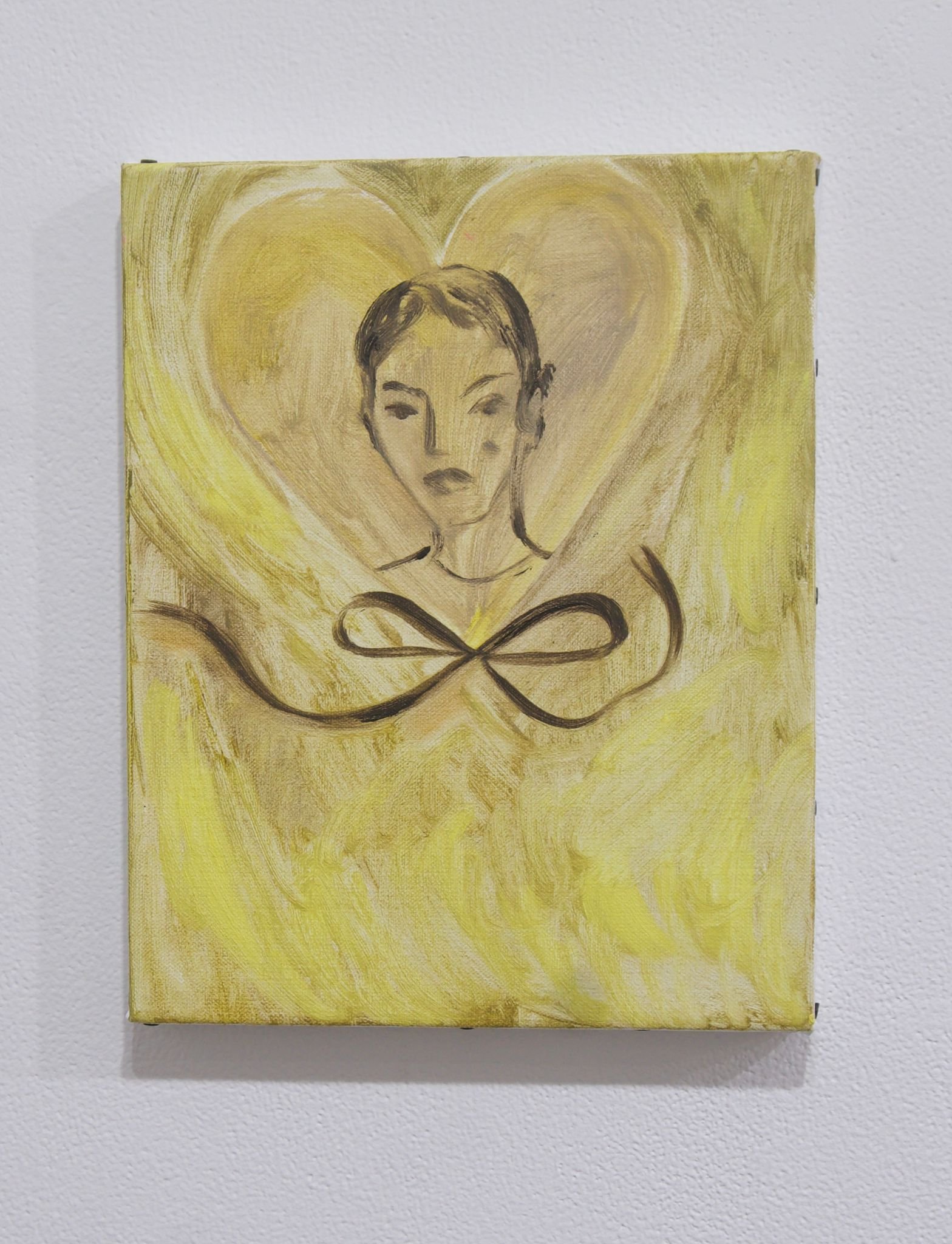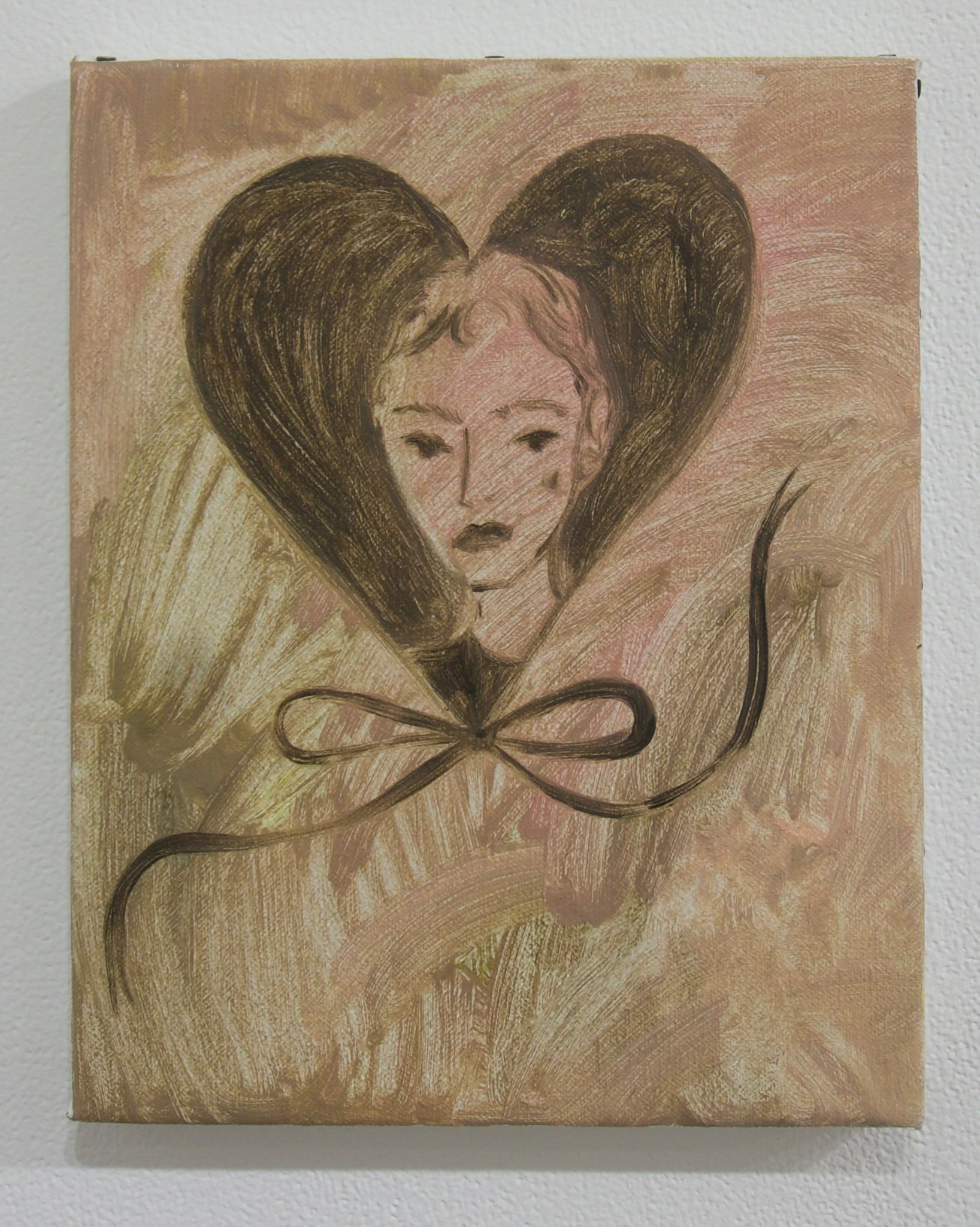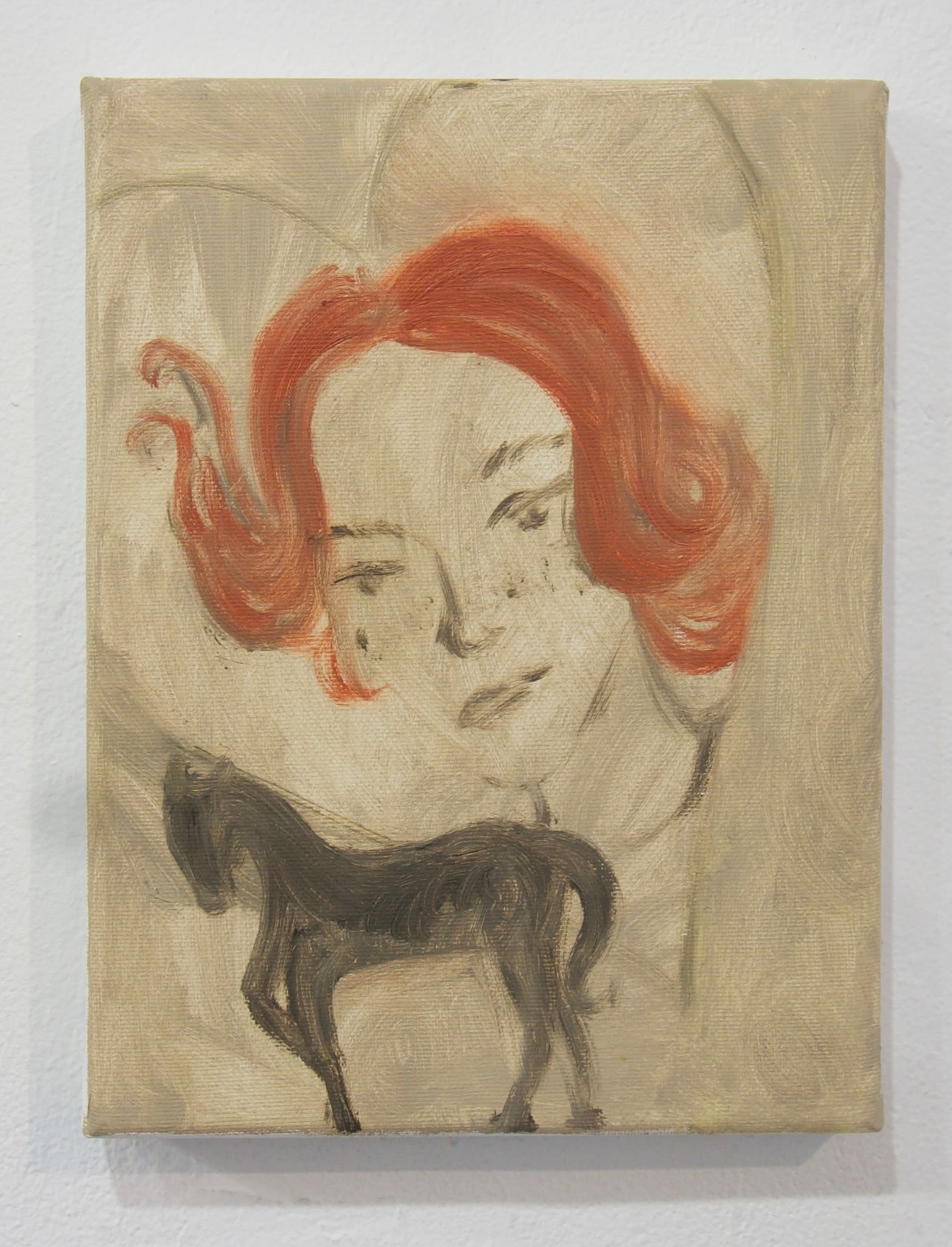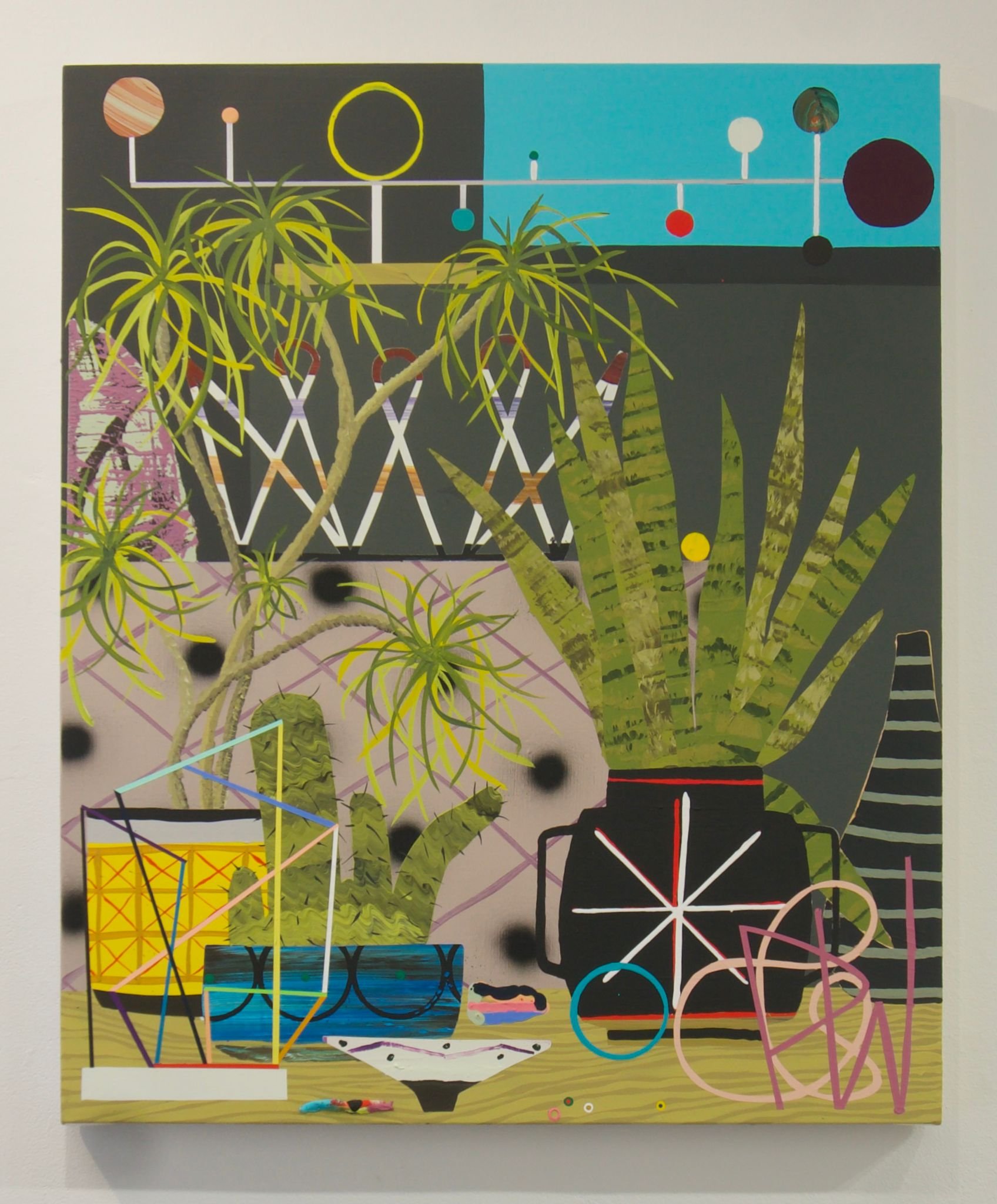RAYNES BIRKBECK
DIERMAR BUSSE
JOE ROBERTS
PAUL WACKERS
FAYE WEI WEI
A PLANT HAS BEEN ONE OF MY BEST FRIENDS FOR A LONG TIME NOW
OPENING RECEPTION: FRIDAY, FEBRUARY 4, 3-7 PM
FEBRUARY 4 - MARCH 6, 2022
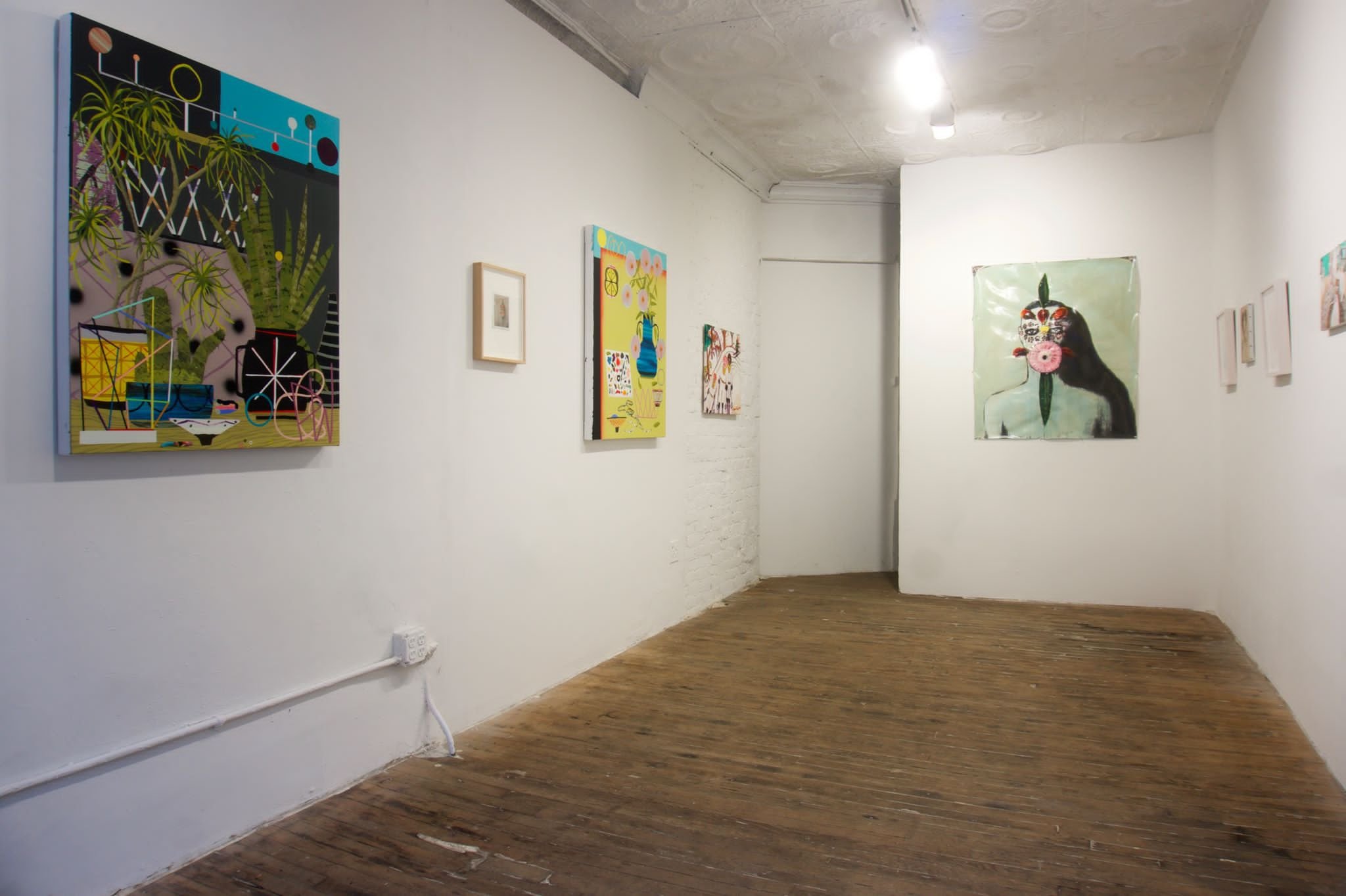

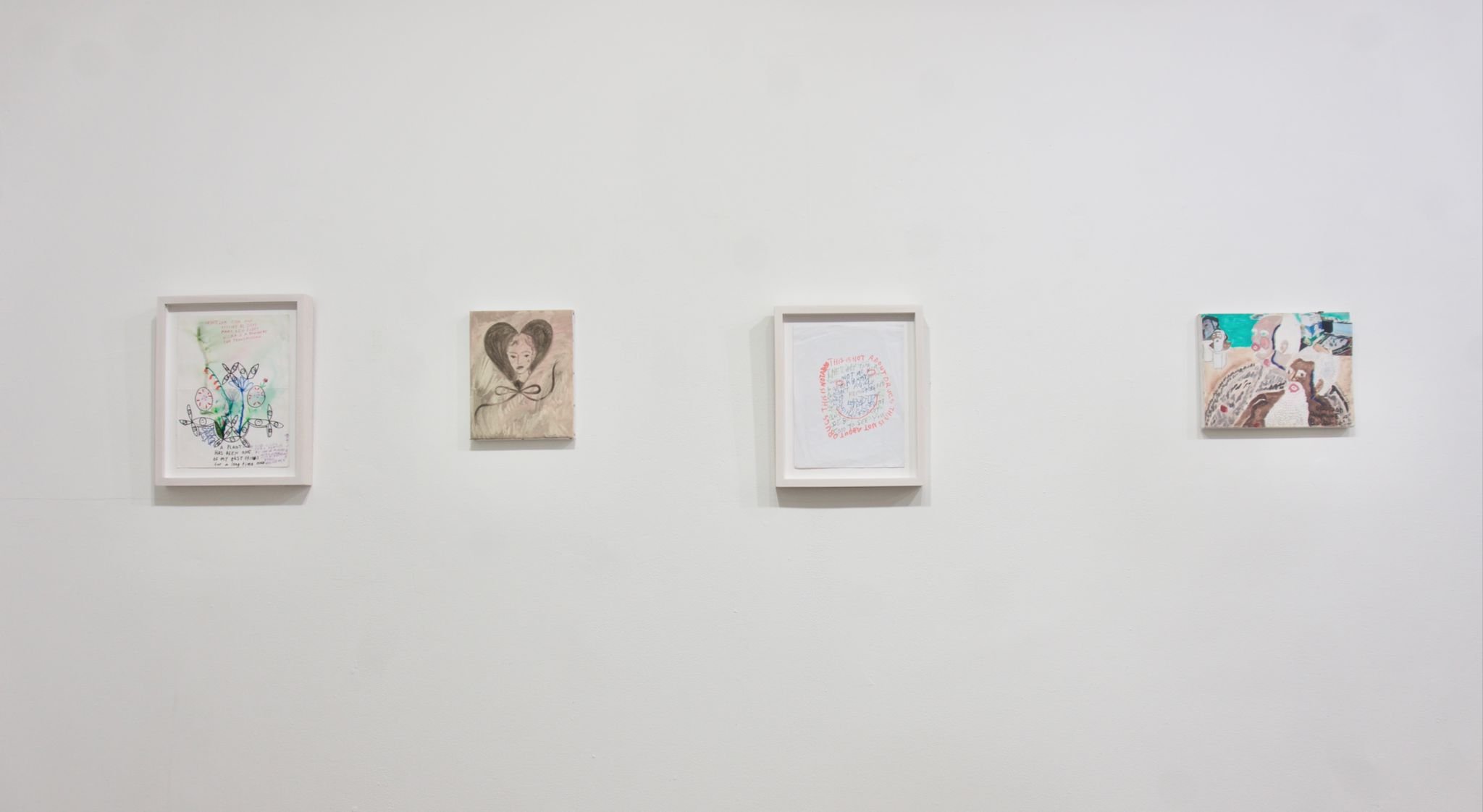
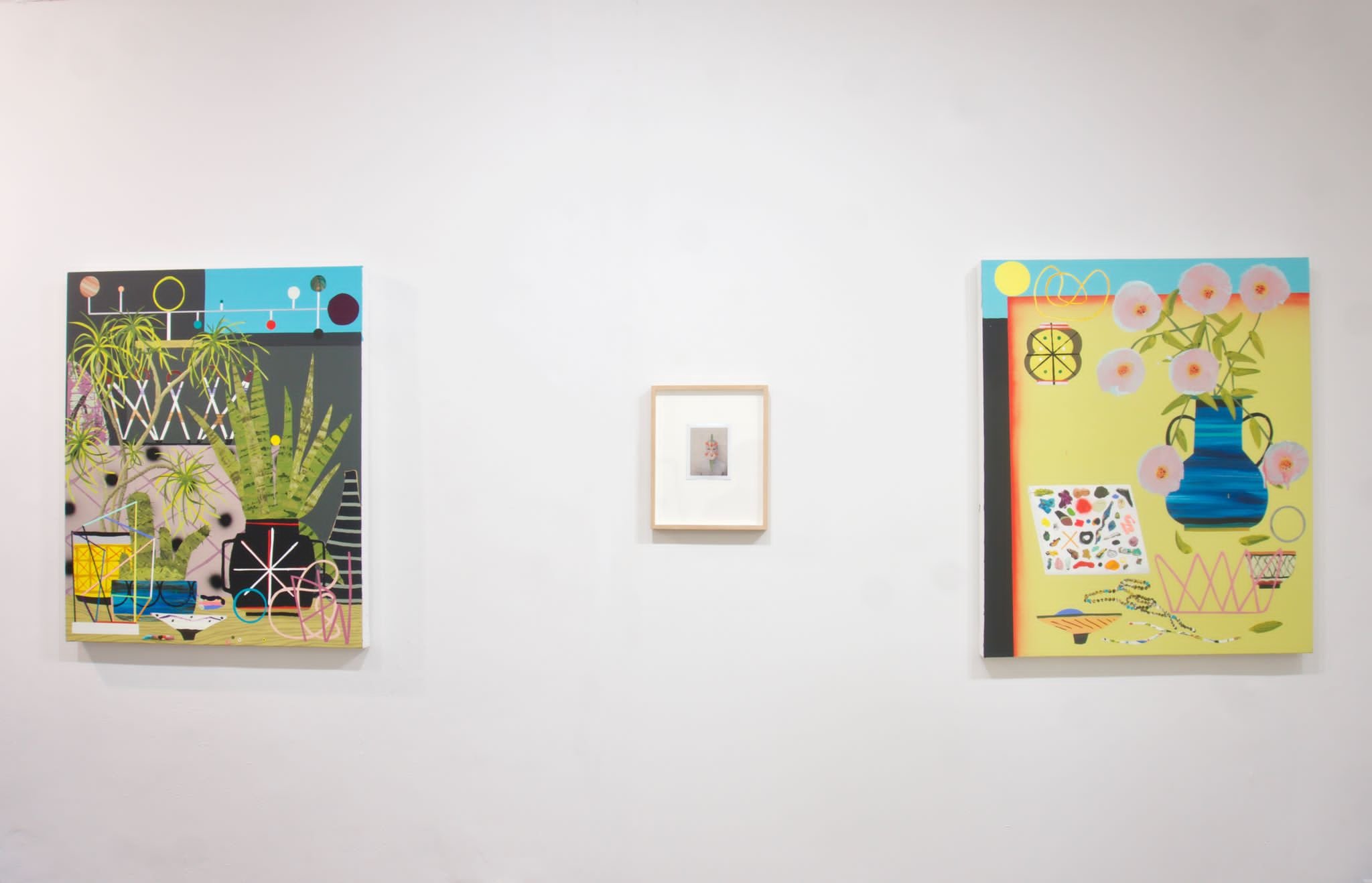
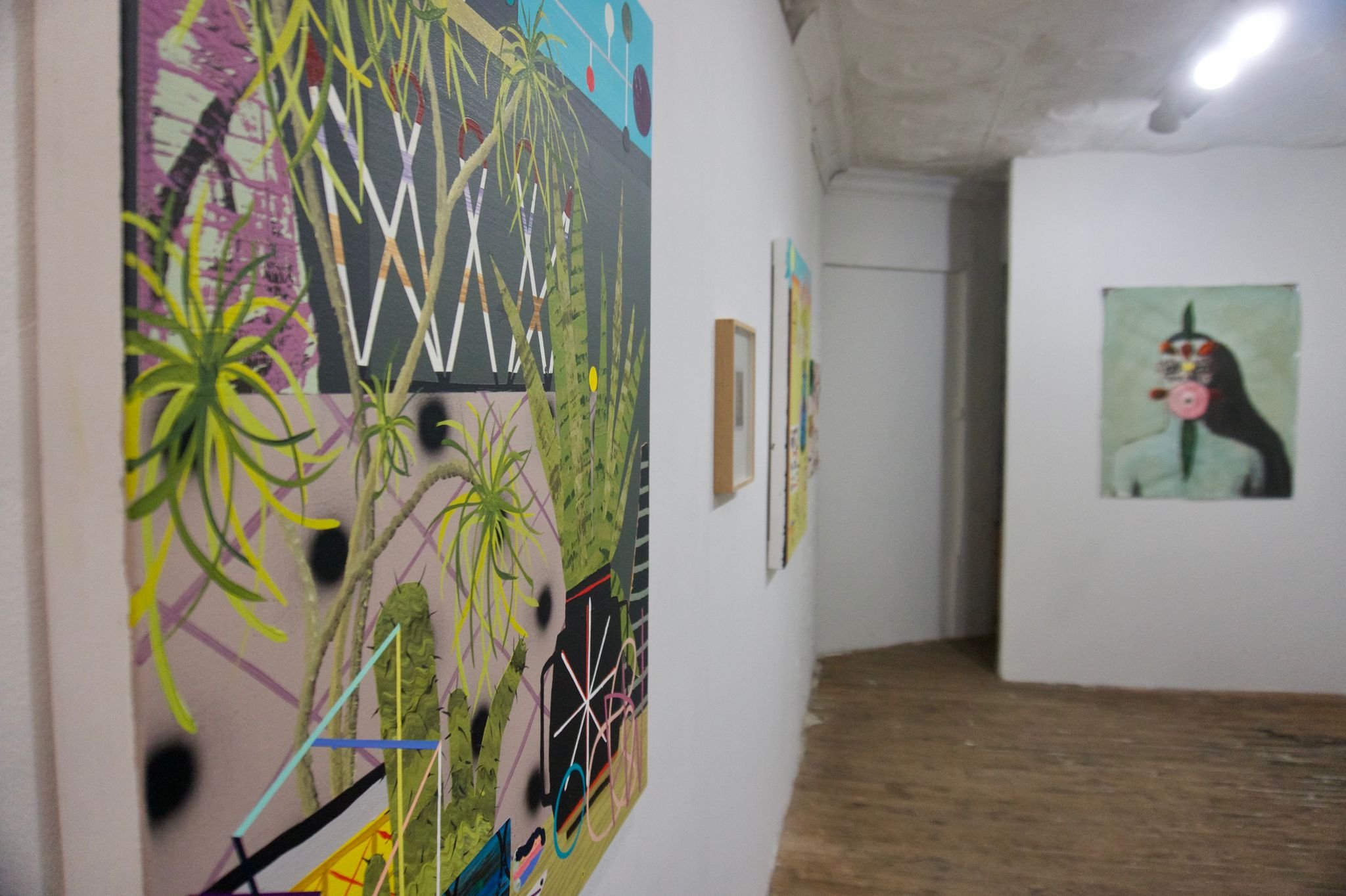

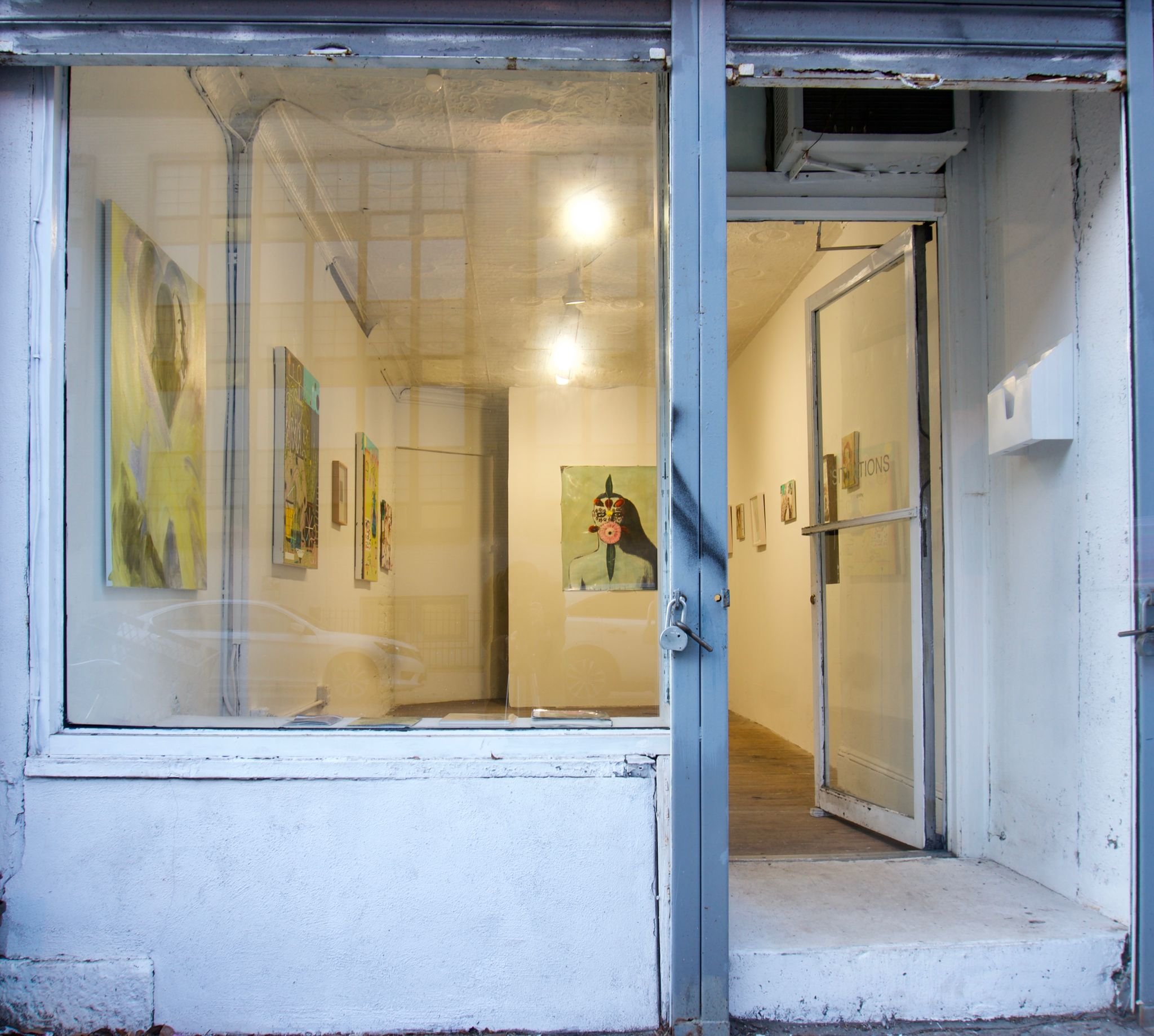
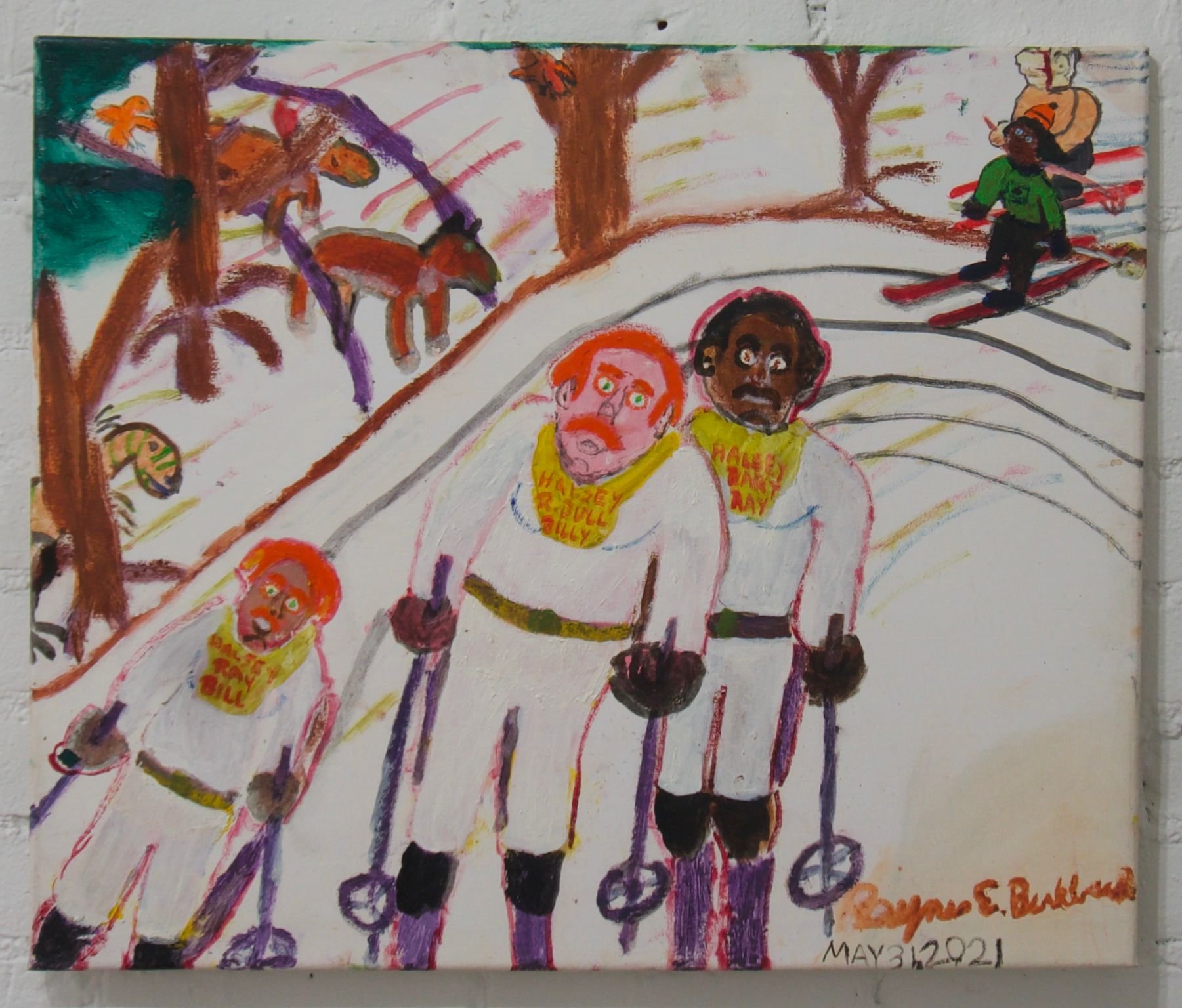
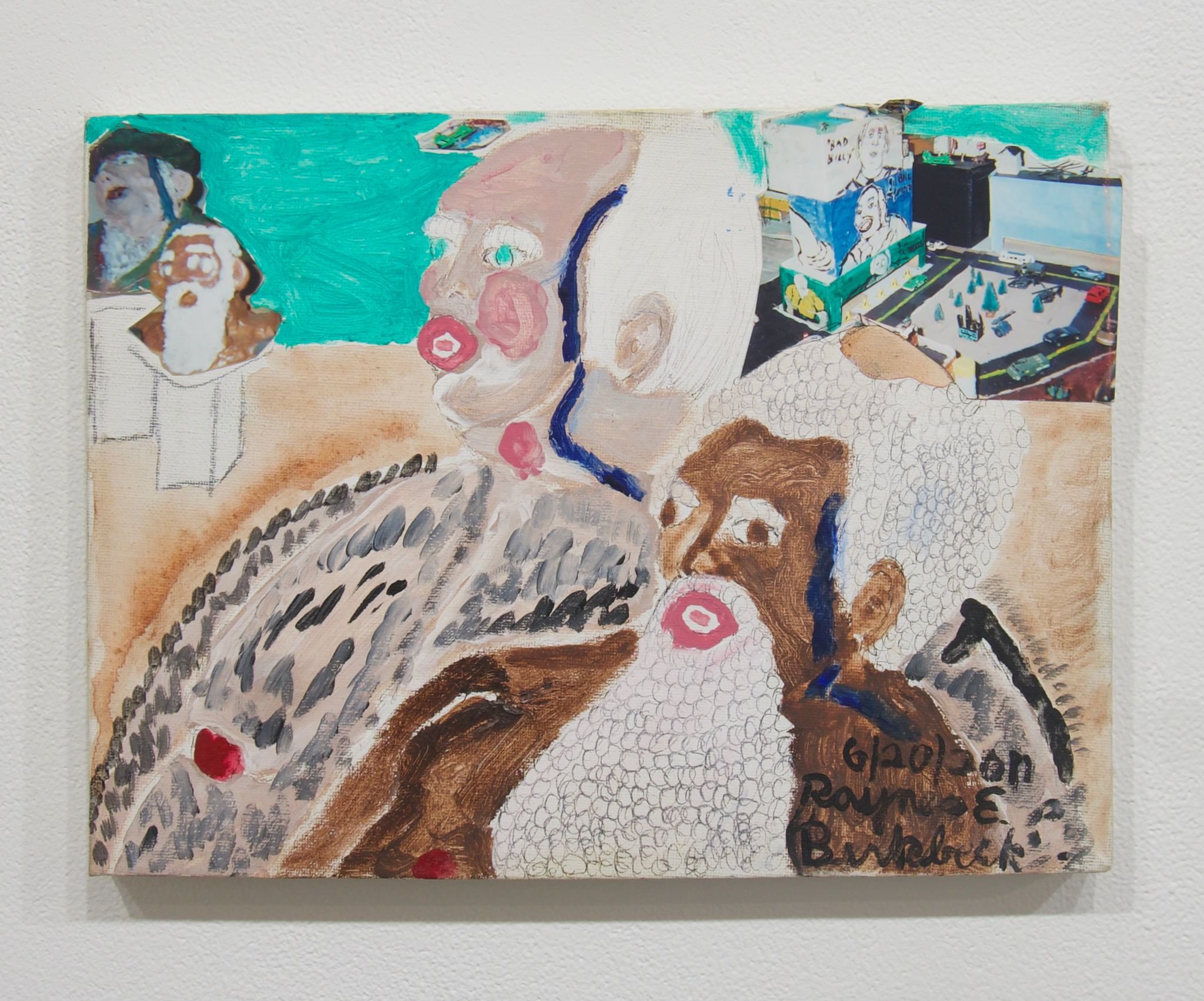
Five artists, Raynes Birkbeck, Dietmar Busse, Joe Roberts, Paul Wackers, and Faye Wei Wei are brought together at SITUATIONS, opening on Friday, Feb 4th, from 3 - 7 PM. Each artist’s distinct use of narrative and self-generated myth runs concurrent to their visual practice. The paintings, drawings, and photos are a reflection of the artist’s rich inner world. The works share a restrained depth of field, yet beneath the surface lives multi-dimensional intensity. The exhibition title, “A Plant Has Been One of My Best Friend’s for a Long Time Now,” is borrowed from a line written on a Joe Robert’s drawing. This sentiment echoes the kind of growth and expansion that stems from personal reverie. The artist’s thought process becomes a catalyst leading the viewer down the rabbit hole.
————
Raynes Birkbeck (b. The Bronx, 1956; Lives and works in New York City) integrates sci-fi short stories into his artistic practice. His alternate worlds depict fantasy, a futuristic landscape, and multiple timelines with the same characters appearing in both written and painted form. Most prominently, different versions of the artist himself appear alongside "Bad Billy," a version of a man Birkbeck once knew. He explains, "I like the idea that he was a real person. Through my work Bad Billy lives as a father, a lover, and an artist who represents wisdom and power. There are many versions of “Bill” and “William,” who appear as different forms of this character Bad Billy, but they’re all based on one man." Through the acts of both writing and painting, Birkbeck is able to explore history and alternate realities in a deeper way that exists outside of our current existence. Occasionally the narratives are inscribed in Birkbeck's distinctive cursive on the back of his works on paper.
Dietmar Busse (b. Stolzenau, Germany, 1966; Lives and works in New York City) creates work based entirely in traditional darkroom photography with one exception: there is no negative. The history of image-less photography tends to abstraction and play with light, from the Rayograph to more contemporary practices. For Busse, the alteration is chemical and the results alchemical. He exposes the entire sheet of photographic paper immediately to light, in a conventional sense ruining it. He then paints with photographic developer and uses photographic bleaches, inks, and dyes to further push the potential of the medium. Using plants, flowers, and friends, the imagery reflects a range of Busse’s memories, emotions, and impressions, from his childhood in the 1960’s and ‘70’s in rural West Germany to his current life on the lower east side. These highly personal and memory based scenes defy the temporal structure of traditional photography, which freezes life at the moment of the shutter click. Busse uses the language, structure, and material of darkroom photography to elasticize time, reflecting the cumulative nature of trauma.
Joe Roberts (b. Madison, WI 1976; Lives in San Francisco, CA) is known for his colorful paintings and publications documenting hallucinogenic journeys featuring recurring motifs such as Mickey Mouse and the Teenage Mutant Ninja Turtles. Mickey Mouse acts as the artist’s projection of himself while other recurring figures signify protective guardians accompanying him on his trips into the unknown. As Mickey, Roberts imagines himself as “not yet a master sorcerer, but dedicated to the quest to find the divine”. Robert's recent publication, Clowns of Hyperspace, is an homage to the original Choose Your Own Adventure books of the 1980s. Similar to other Robert's publications, LSD World Peace (1994) and We Ate the Acid (2018), text and drawings co-exist. Roberts navigates a world of cosmic imagery, pop cultural detritus, and shifting geometric forms, bringing to life both the creeping unease and the uncanny humor of the psychedelic experience.
Paul Wackers (b. New Haven, CT, 1978) paints collections of plants, art, and objects in colorful arrangements. His style explores diverse mark-making techniques and shifts in color palettes held within a compressed space. This union of painting and everyday life leads to alternating states of chaos and order. Sprayed paint, carefully applied patterning, marbling, and flat surfaces of color exist within the same plane. In his work, the unrecognizable seems weirdly familiar, and rooms that are devoid of human presence are anything but uninhabited. The work offers both a sanctuary and an accounting of objects in a kaleidoscopic domestic sphere.
Faye Wei Wei (b. London, 1994; Lives and works in London) creates work revolving around spiritual iconography and classical myth, love rituals and the theatricality of gender. Her work suggests the themes of particular mythic narratives, and at other moments seem to depart into a more ambiguous, interior space of incongruity and uncertainty. Stateliness coincides with brute force and pastel softness; symbols seem to shake free of their moorings and float, surrealistically, on the liquid expanse of dream. The scenes might be imagined or reflected in a mirror, but the energetic, bold brushstrokes, executed in thin layers, suggest something actually witnessed, balanced on the edge of reality.


